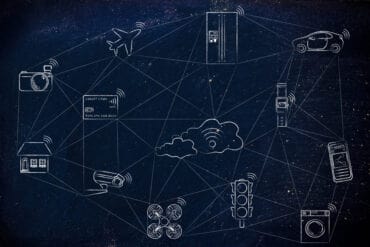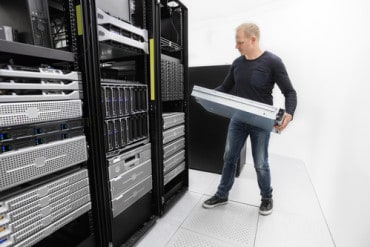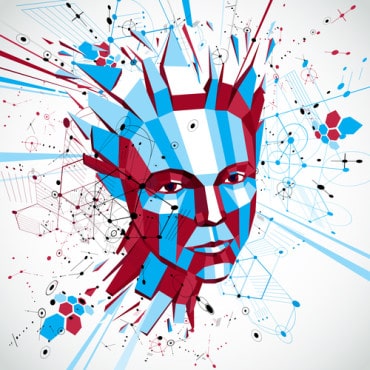
Underwater IoT sensors can provide data-driven insights to plan ahead and notice subtle characteristics in our environment that—in the past—we may have missed.
IoT has changed nearly every industry on the planet, and one exciting new application lies in water management. Ocean and other environments are frequently mysterious and constantly changing. Still, IoT sensors meant to withstand these extreme environments and transmit valuable data could change how businesses and researchers learn and implement policies.
Featured Resource: Building a 5G Blueprint to Speed Deployment and Time to Revenue [View Now]
IoT increases visibility into vast environments
Whether housing food sources or providing water sources for people, animals, and plants, our water groups are vital for life on earth. The problem with management lies in the sheer magnitude of the area as well as constantly changing factors that humans aren’t always present to observe. Now that 5G coverage is rolling out and new satellites are connecting even the most remote places, IoT can transmit valuable data about water for comprehensive monitoring.
These sensors can perform many tasks including tracking fish populations more effectively than traditional observation methods. They can report temperature changes more quickly or note rising, or falling waste levels as researchers and environmental groups attempt to correct environmental damage and respond proactively to changes.
See also: Accenture, Intel Use AI To Save Coral Reefs
Wastewater treatment is also on the list
One very common but less discussed is the role of underwater IoT in wastewater treatment. With more people globally on the water grid than ever before, treatment plants need ways to monitor safety and respond quickly to challenges before damage occurs.
Companies are using sensors for safety controls, predictive maintenance, and overall monitoring. Traditionally, treatment facilities have relied on Supervisory Control and Data Acquisition (SCADA) systems for monitoring, but these present challenges due to limitations of installation. IoT is stepping in to fill gaps and reduce response times.
IoT is transforming our understanding of water environments
These sensors provide humans with eyes and ears in places we couldn’t cover before. Thanks to these sensors, we can monitor for environmental changes and make data-driven decisions about some of our most precious resources before massive damage occurs. It makes it easier for us to plan ahead and notice subtle characteristics in our environment that—in the past—we may have missed before it was too late. Now, we’re gaining back control.
Featured Resource: Building a 5G Blueprint to Speed Deployment and Time to Revenue [View Now]







